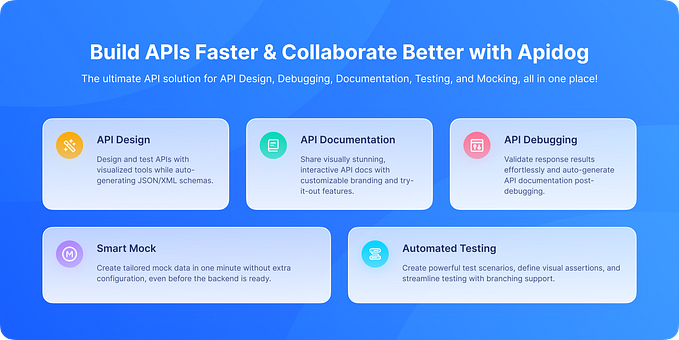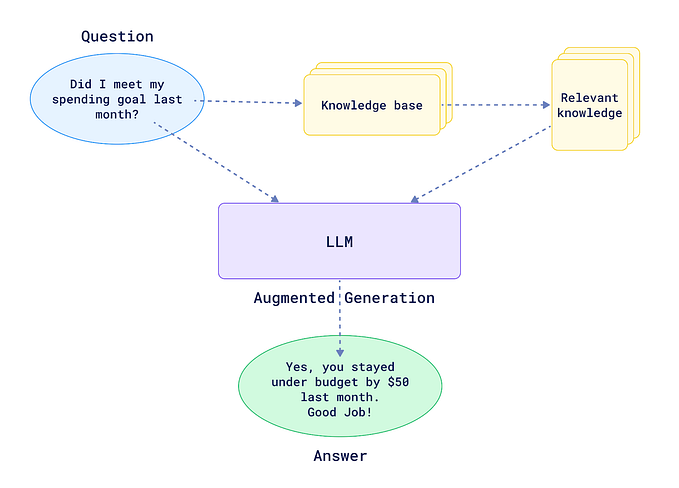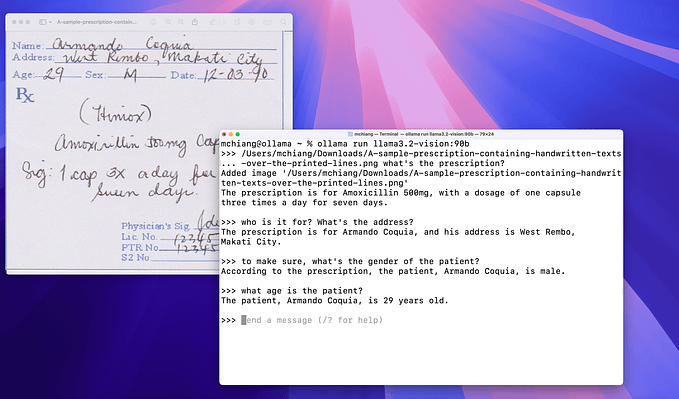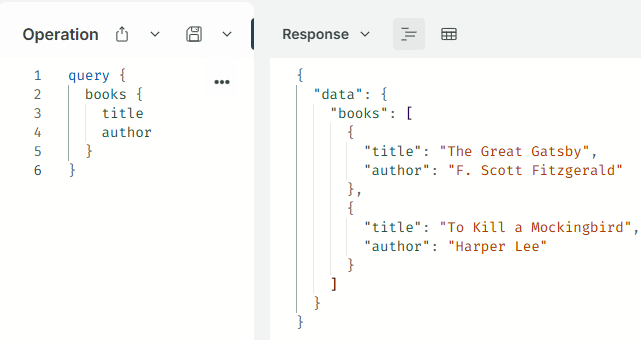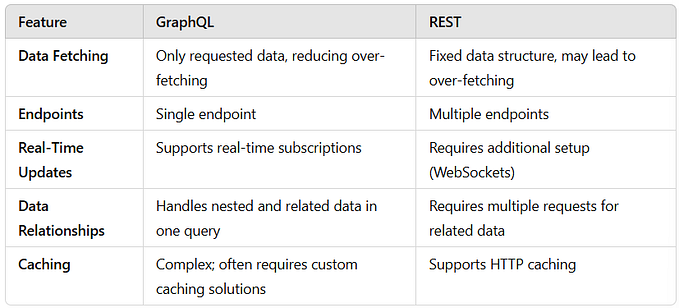How to Add Comments in a .graphql File
GraphQL, a powerful query language for APIs, allows developers to define precise data requirements and efficient data fetching. As with any programming language or schema definition, comments play a crucial role in maintaining code readability and documenting the schema structure. This article will explore various methods to add comments in a .graphql file, best practices for commenting, and how comments can enhance your GraphQL schema development process.
Before we continue, let’s talk about something that we all face during development: API Testing with Postman for your Development Team.
Yeah, I’ve heard of it as well, Postman is getting worse year by year, but, you are working as a team and you need some collaboration tools for your development process, right? So you paid Postman Enterprise for…. $49/month.
Now I am telling you: You Don’t Have to:

That’s right, APIDog gives you all the features that comes with Postman paid version, at a fraction of the cost. Migration has been so easily that you only need to click a few buttons, and APIDog will do everything for you.
APIDog has a comprehensive, easy to use GUI that makes you spend no time to get started working (If you have migrated from Postman). It’s elegant, collaborate, easy to use, with Dark Mode too!

Want a Good Alternative to Postman? APIDog is definitely worth a shot. But if you are the Tech Lead of a Dev Team that really want to dump Postman for something Better, and Cheaper, Check out APIDog!
Understanding GraphQL File Comments
Comments in GraphQL serve multiple purposes, including:
- Explaining complex schema structures
- Documenting field usage and constraints
- Providing context for resolvers and mutations
- Facilitating collaboration among team members
- Improving overall code maintainability
GraphQL supports two types of comments: single-line comments and block comments. Let’s dive into each type and explore their usage in detail.
Adding Single-Line Comments to .graphql Files
Single-line comments are the most straightforward way to add explanations or notes to your GraphQL schema. They are ideal for brief descriptions or quick annotations.
Single-Line Comment Syntax in .graphql
To create a single-line comment in a .graphql file, use the hash symbol (#) at the beginning of the line. Everything following the # on that line will be treated as a comment and ignored by the GraphQL parser.
Example:
# This is a single-line comment
type User {
id: ID!
name: String!
}Use Cases for Single-Line Comments in GraphQL
Single-line comments are particularly useful for:
- Brief field descriptions
- Quick notes about implementation details
- TODO markers for future updates
- Explaining the purpose of a specific type or field
Example with multiple single-line comments:
type Product {
# Unique identifier for the product
id: ID!
# Name of the product (max 100 characters)
name: String!
# Price in cents (integer value)
price: Int!
# TODO: Add inventory field
}Incorporating Block Comments in .graphql Files
Block comments, also known as multi-line comments, allow for more extensive documentation within your GraphQL schema. They are ideal for detailed explanations, usage instructions, or complex field descriptions.
Block Comment Syntax for GraphQL Files
To create a block comment in a .graphql file, use the following syntax:
"""
This is a block comment.
It can span multiple lines.
"""Block comments are enclosed by triple double-quotes (“””) at the beginning and end of the comment block.
Use Cases for Block Comments in GraphQL Schemas
Block comments are particularly useful for:
- Detailed type descriptions
- Comprehensive field documentation
- Explaining complex relationships between types
- Providing usage examples for queries or mutations
Example with block comments:
"""
Represents a user in the system.
This type contains basic user information and authentication details.
"""
type User {
id: ID!
"""
The user's full name.
This field is searchable and can be used for display purposes.
"""
name: String!
"""
The user's email address.
Must be unique across all users and is used for login.
"""
email: String!
"""
Hashed password for user authentication.
This field is write-only and cannot be queried directly.
"""
password: String!
}Best Practices for Adding Comments to .graphql Files
To make the most of comments in your .graphql files, consider the following best practices:
1. Maintaining Consistency in GraphQL Comments
Maintain a consistent commenting style throughout your schema. This includes using similar formatting, indentation, and language across all comments.
2. Keeping .graphql File Comments Up-to-Date
Regularly review and update your comments to ensure they accurately reflect the current state of your schema. Outdated comments can lead to confusion and errors.
3. Using Descriptive Language in GraphQL Comments
Write clear, concise, and informative comments. Avoid vague or ambiguous language that might confuse other developers.
4. Documenting Complex Logic in .graphql Files
For fields or types with complex business logic or intricate relationships, provide detailed explanations in your comments.
5. Including Examples in GraphQL Schema Comments
When appropriate, include usage examples in your comments, especially for queries, mutations, or complex input types.
6. Avoiding Redundancy in .graphql Comments
Don’t repeat information that is already evident from the field or type name. Instead, focus on providing additional context or explaining non-obvious details.
7. Using Comments for GraphQL Deprecation Notices
When deprecating fields or types, use comments to indicate the deprecation status and provide migration instructions.
Example:
type User {
id: ID!
name: String!
"""
DEPRECATED: Use 'email' instead.
This field will be removed in the next major version.
"""
username: String @deprecated(reason: "Use 'email' for user identification")
email: String!
}Leveraging Comments for GraphQL Documentation
GraphQL comments can be used to generate automatic documentation for your API. Many GraphQL tools and libraries can parse these comments to create comprehensive API documentation.
Adding Schema Documentation to .graphql Files
Use block comments to provide detailed descriptions for your types, queries, and mutations. This information can be used to generate schema documentation for developers consuming your API.
Example:
"""
Queries available in the API.
"""
type Query {
"""
Retrieve a user by their unique identifier.Arguments:
- id: The unique identifier of the user.
Returns:
A User object if found, null otherwise.
"""
user(id: ID!): User
"""
Search for users based on a name query.
Arguments:
- query: The search query string.
- limit: Maximum number of results to return (default: 10).
Returns:
An array of User objects matching the search criteria.
"""
searchUsers(query: String!, limit: Int = 10): [User!]!
}
Incorporating Field-Level Documentation in GraphQL
Use single-line or block comments to document individual fields within a type. This can include information about field constraints, usage guidelines, or related fields.
Example:
type Product {
id: ID!
"""
The name of the product.
Must be between 3 and 100 characters long.
"""
name: String!
# Price in cents (integer value)
price: Int!
"""
Available stock quantity.
A value of 0 indicates the product is out of stock.
"""
stock: Int!
# ISO 8601 formatted date string (e.g., "2023-09-09T12:00:00Z")
createdAt: String!
}Combining Comments and Schema Directives in .graphql Files
GraphQL schema directives provide a way to add metadata or modify the behavior of fields, arguments, or types. Comments can be used in conjunction with directives to provide additional context or explain their usage.
Example:
"""
Represents a user's role in the system.
This enum is used for access control and permission management.
"""
enum UserRole {
ADMIN
EDITOR
VIEWER
}
type User {
id: ID!
name: String!
email: String!
"""
The user's role in the system.
This field is used for authorization checks.
"""
role: UserRole! @hasPermission(action: "read")
"""
Sensitive user information.
This field is only accessible to users with ADMIN role.
"""
sensitiveInfo: String @hasPermission(action: "read", requiredRole: ADMIN)
}Adding Comments to GraphQL Operations
While this article primarily focuses on adding comments to .graphql schema files, it’s worth noting that comments can also be used in GraphQL operations (queries, mutations, and subscriptions) when writing client-side code.
Example of comments in a GraphQL query:
query GetUserProfile($userId: ID!) {
# Fetch the user's basic information
user(id: $userId) {
id
name
email
# Include the user's recent activity
recentActivity {
# Limit to the 5 most recent items
items(limit: 5) {
id
type
timestamp
}
}
# Fetch associated account information
account {
id
balance
# Include the last 3 transactions
recentTransactions(limit: 3) {
id
amount
date
}
}
}
}Conclusion
Comments are an essential part of creating maintainable and well-documented GraphQL schemas. By utilizing single-line and block comments effectively, you can improve the readability of your .graphql files, facilitate collaboration among team members, and generate comprehensive API documentation.
Remember to follow best practices when adding comments to your GraphQL schema:
- Be consistent in your commenting style
- Keep comments up-to-date
- Use descriptive language
- Document complex logic and relationships
- Include examples when appropriate
- Avoid redundancy
- Use comments for deprecation notices
By incorporating these practices into your GraphQL schema development process, you’ll create a more robust, understandable, and maintainable API that benefits both your development team and API consumers.
As you continue to work with GraphQL, experiment with different commenting styles and tools to find the approach that works best for your projects. With well-commented schemas, you’ll be better equipped to handle the complexities of API development and provide a superior experience for developers interacting with your GraphQL API.

